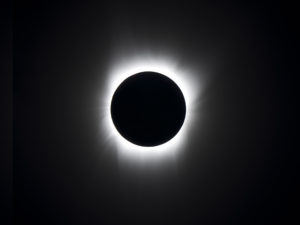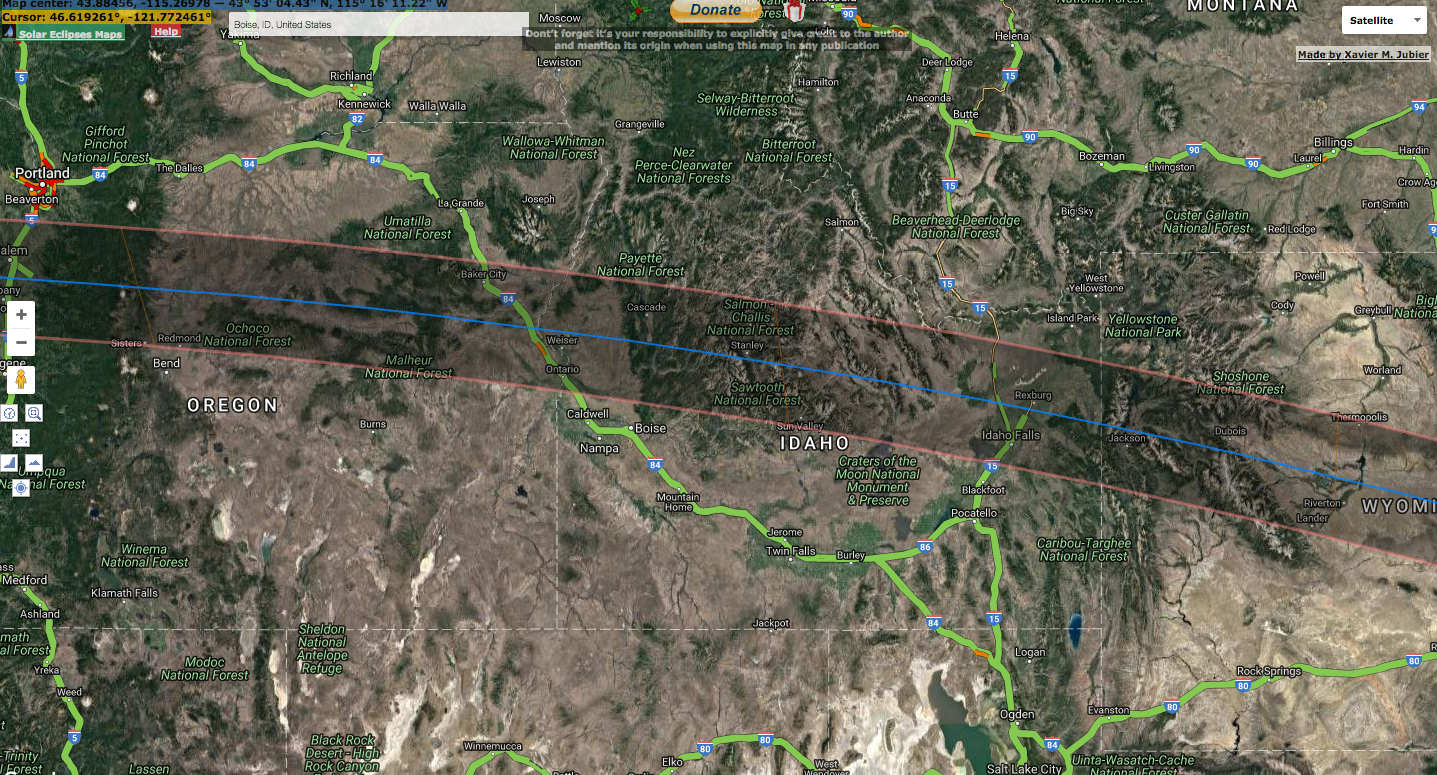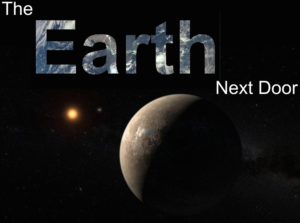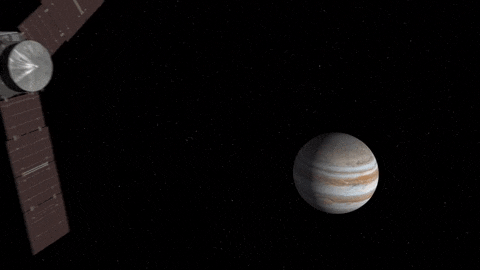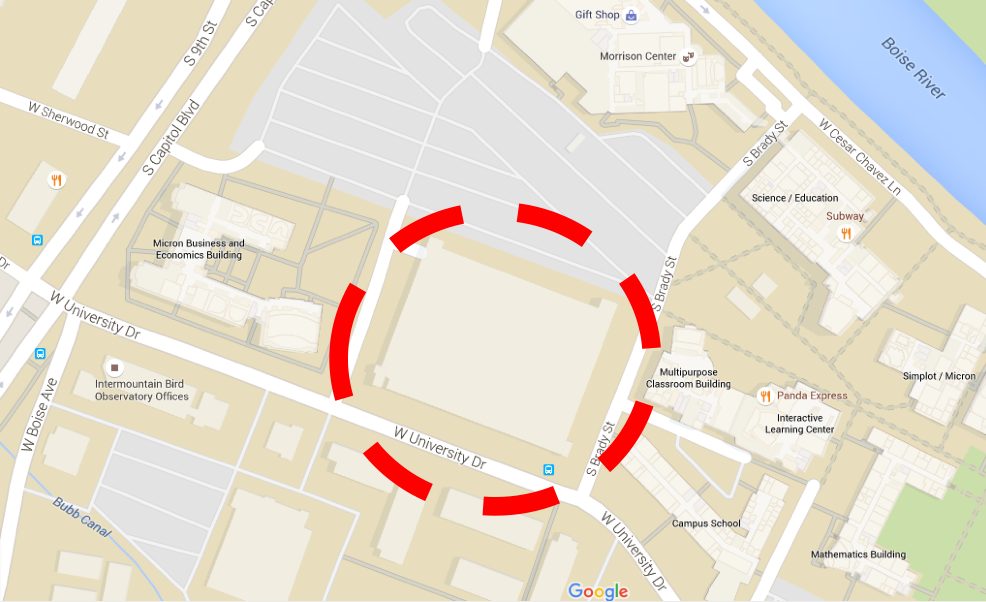astronomy
All posts tagged astronomy
UPDATE: Fantastic crowd tonight, with lots of good questions and comments. Thanks, all, for coming.
I’ve posted my presentation below.
On August 21st, 2017, a total solar eclipse will be visible across the continental United States, the first such eclipse in 38 years! With the path of totality passing directly across our state, Idaho will be a destination for eclipse-chasers from around the world.
On Friday, December 2nd 7:30p to 10p, join the Boise State Physics Department for a stargazing party, with a special lecture about the eclipse from Boise State’s own Dr. Brian Jackson.
The event will be start in the Multi-Purpose Classroom Building in room 101 at 7:30p and then move to the top of the Brady Garage at 8:30p, where telescopes will be set up for star-gazing (weather-permitting).
E-mail Dr. Jackson (bjackson@boisestate.edu) for more info.
UPDATE: Here’s the interactive eclipse map – http://xjubier.free.fr/en/site_pages/solar_eclipses/TSE_2017_GoogleMapFull.html. Please remember to donate to help support that effort.
NASA’s Solar Eclipse page is here – https://eclipse.gsfc.nasa.gov/solar.html.
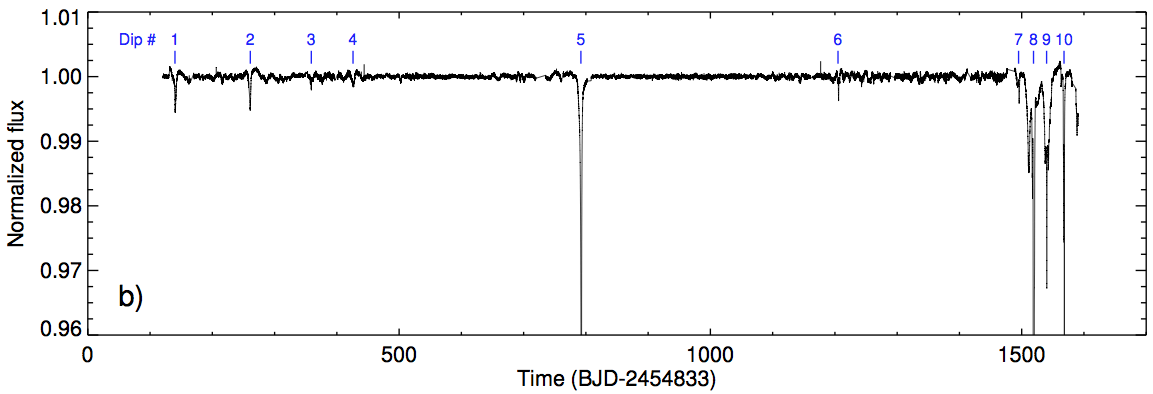
Flux time series for Boyajian’s star, showing the 4-year Kepler observations. From Boyajian et al. (2016).
At journal club today, we discussed a recent study from Jason Wright and Steinn Sigurdsson at PSU astronomy on a strangely dimming star observed by the Kepler mission.
The star has been called the WTF star (‘Where’s the Flux?’), Tabby’s Star (and probably a few more colorful things by perplexed astronomers), but Wright and Sigurdsson invoke the long astronomical tradition of naming noteworthy stars with their discoverers’ last names — they call it Boyajian’s Star, after Dr. Tabetha Boyajian, astronomer royale at Yale.
The strange thing about Boyajian’s star is that the Kepler mission observed the star to dim dramatically several times over a few years, dropping by 20% over the course of a few days several times over a few hundred days. That would be like having a partial solar eclipse that lasted 96 hours every few months. Even stranger, recent analyses of 100+ year old photographic plates suggest the star has been dimming, unnoticed, for a long time.
Various explanations for this strange behavior have been proposed, from enormous swarms of comets obscuring the star to alien megastructures, and Wright does a very good job exploring the different possibilities on his blog.
But as usually happens in astronomy, the most exciting explanations are the least likely (probably not an alien Dyson sphere), and Wright and Sigurdsson favor the idea that some sort of interstellar material between the Earth and Boyajian’s star is obscuring the star. Wright and Sigurdsson point out that, by measuring the distance to the star, the Gaia mission will help us resolve the mystery.
With the recent discovery of an Earth-like planet around the star Proxima Centauri, the nearest habitable world beyond our Solar System might be right on our doorstep. Celebrate this revolutionary find with Boise State’s Physics Dept on Friday, Sep 2 from 7:30p till 12a.
The event will kick off in the Multi-Purpose Classroom Building, Lecture Hall 101 (right across the street from the Brady Street Parking Garage) on Boise State’s campus with a public talk on the planet’s discovery from Prof. Brian Jackson.
Then at 8:30p the event will move to the Boise State quad (next to the Albertson Library and near the center of campus) the top of the Brady Street Garage (just off University Drive near Capitol), where telescopes will be set up to view Mars, Saturn, Uranus, and Neptune.
More information is available at bit.ly/BSUProximaEvent or from Prof. Brian Jackson (bjackson@boisestate.edu — 208-426-3723 — @decaelus).
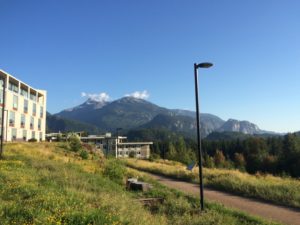
Beautiful Sky Pilot Mountain, south of Quest University.
The last two days of Exoclimes 2016 were as engaging as the first two — lots of great talks, discussion, and coffee break snacks.
The day 3 talks that really grabbed me were the first talks, focused on atmospheric mass loss from exoplanets since I’m currently working on that problem myself.
Ruth Murray-Clay gave a nice review talk about the variety of different mechanisms and regimes for atmospheric escape, while Eric Lopez suggested that, because escape should preferentially remove lighter elements from atmospheres, short-period exoplanets might retain water-rich envelopes, which could help us constrain their atmospheric compositions. Patricio Cubillos picked up on an idea previously explored by Owen and Wu and suggested that we could use mass-loss considerations to constrain the overall properties (density, etc.) of some short-period planets.
Other talks that stood out for me on day 3 included Eric Gaidos‘s talk about looking for geoengineering efforts by alien civilizations and Mateo Brogi‘s talk about measuring the spin rates of distant exoplanets, including GQ Lup b, a brown dwarf/high-mass exoplanet with a spin period of 3 days.
Day 4 of the conference whizzed by with a variety of talks regarding clouds and hazes in exoplanet atmospheres. Sarah Hörst taught us we should use the term ‘aerosol‘ instead of ‘clouds and/or hazes’ (since we’re not sure which of the two we’re seeing in exoplanet atmospheres).
Joanna Barstow and I rounded out the conference. She talked about her work analyzing exoplanet spectra and constraining aerosol (not clouds and/or haze) properties. Drawing upon the liturgical texts from the dawn of exoplanet science, I talked about my group’s work looking at Roche-lobe overflow of hot Jupiters (I’ve posted my talk below).
I just arrived at Quest University in beautiful Squamish, British Columbia (or Sḵwx̱wú7mesh as it’s originally pronounced — the ‘7’ represents a glottal stop) for the start of the Exoclimes Conference, a biennial astronomy conference focused on the diversity of planetary atmospheres. Lots of amazing talks scheduled this week from the world’s leading experts. I can’t wait.
Couldn’t ask for a more inspiring locale.

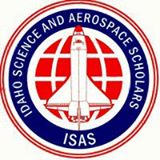 On Friday, we welcomed visitors from among the Idaho Science and Aerospace Scholars program. This is an Idaho Science Technology Engineering Math (STEM) Program for rising high school seniors and provides an opportunity to learn in-class and hands-on during the school year and summer academy. The students spent most of their week at Boise State but also had a fun trip to NASA Ames to explore the facilities there.
On Friday, we welcomed visitors from among the Idaho Science and Aerospace Scholars program. This is an Idaho Science Technology Engineering Math (STEM) Program for rising high school seniors and provides an opportunity to learn in-class and hands-on during the school year and summer academy. The students spent most of their week at Boise State but also had a fun trip to NASA Ames to explore the facilities there.
In the Physics Dept., we hosted a group of 12 students from among the ISAS crowd, all of whom specifically requested to learn about astronomy during their Boise State visit. The students came from all over Idaho, including local Boiseans.
They spent the first hour of their visit learning about the physics research going on at Boise State and then exploring the night sky using a sky simulator like stellarium.

Never look at the Sun with the appropriate equipment!
Then we went outside to look at the Sun using our solar telescopes. Fortunately, there was a beautiful solar filament strewn across the face of the Sun.

Dr. Josh Bandfield explains thermal conductivity and how we can use it to learn about Martian volcanoes.
We retreated from the 100-degree temperatures to join my research group’s weekly meeting, where planetary scientist Josh Bandfield regaled us with stories of Martian volcanology and recurring slope lineae.
Although the students were pretty tired by the end, they seemed very enthusiastic, lobbing a wide variety of questions at Josh and engaging in a spirited conversation about water and life on Mars.
Thanks for visiting, ISAS!
NASA’s Juno Mission, designed to probe Jupiter’s deep interior and unlock the origin of the solar system, will arrive at the planet on July 4th.
Stay up late with Boise State Physics to celebrate on July 4th 10p-12a on the Brady Street Garage. Come watch the fireworks and stay to view Jupiter, Saturn, and Mars.
Free public parking will be provided by Boise State University in the Brady Garage (accessible from Brady Street).
Information at bit.ly/BSUJupiterEvent or from Brian Jackson (bjackson@boisestate.edu).
Boise’s local near-space expert Dr. Paul Verhage has begun posting video versions of his program “Idaho Skies”. The video provides a nice description of astronomical objects visible during the week of June 5-11, along with some fun astronomy history. Worth a look.
 I gave a talk at Boise State’s Osher Lifelong Learning Institute on exoplanets generally and my group’s research specifically.
I gave a talk at Boise State’s Osher Lifelong Learning Institute on exoplanets generally and my group’s research specifically.
The crowd was really amazing. Despite my being delayed by a flat bike tire, there was an enormous group of enthusiastic astrophiles waiting for me when I arrived.
We toured the night sky briefly using the stellarium program, a free (but please donate) and open-source night sky simulator available here — http://stellarium.org/.
I made quite a long talk to fill the two-hour scheduled slot, but there were so many interesting questions, I barely made it halfway through. I’ve posted my abstract and presentation below in case there’s any interest.
—
The Exoplanet Revolution
The discoveries of hundreds of planets outside our solar system, called exoplanets, have led to a renaissance in astrophysics and revolutionized every sub-discipline within planetary astronomy. The vast array of new planets strains imagination, and even after two decades of discovery, exoplanets pose a host of astrophysical riddles. In this presentation, I’ll describe how these distant worlds have revised our picture of planet formation and evolution. I’ll also discuss outstanding questions in planetary astrophysics and prospects for observational work, including the TESS mission, selected by NASA for a 2017 launch to find more, nearby planets.
